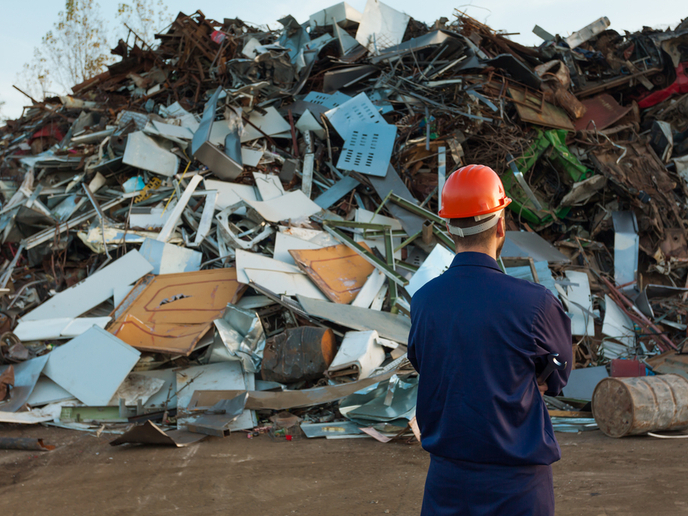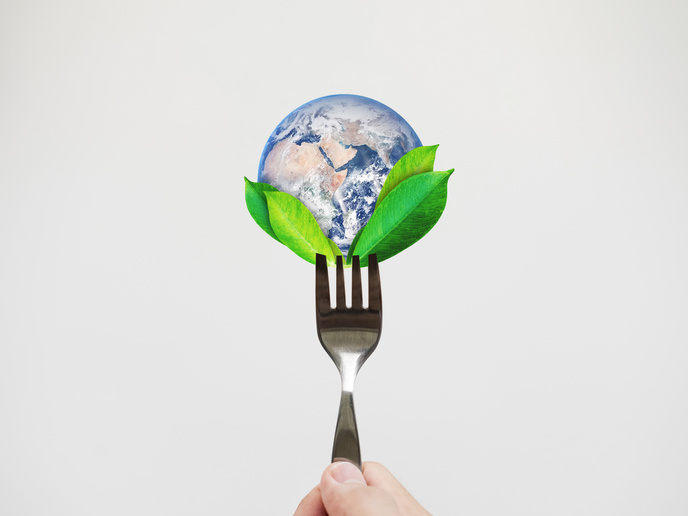Mining waste for value in the EU
The limited supply of many important metals used in the European Union is raising concerns about future availability. Everyday materials such as copper are expected to run out within decades, so it is important to secure continued access to this critical resource by recycling. “End-of-life recovery and recycling are important sustainable management strategies for securing long-term supply of these resources,” says QUMEC (Quantifying urban mines in Europe and related implications for the metal-energy-climate change nexus) supervisor, Fabrizio Passarini. The Marie Skłodowska-Curie QUMEC initiative set out to find out the quantity of mineral resources in “urban mines” and how much effort it would take to recover these resources. The researchers looked at the historical appetite and socio-economic metabolism of the European Union countries to assess how to efficiently use such secondary resources. The QUMEC project was primarily interested in harnessing the untapped potential improvements in recycling efficiency. “Current end-of-life recycling efficiency of these metals is very low, because of metal losses during and after use,” says Passarini. The team looked at the size of current 'urban mines' for certain critical metals. They also looked into future opportunities and barriers to recycling, and the options available to reduce carbon emissions. The team evaluated the amount of waste and scrap generated at end-of-life processing facilities, data that was not readily available. The researchers used material flow analysis (MFA) to track physical flows of metal stocks along the known lifecycle of a given resource. They then used this analysis to define long-term strategies on how to efficiently recover secondary resources from waste and scrap for recycling. The team applied MFA for each target metal and extended it to the most recent years possible for each. “For copper, our analysis covered the last 60 years,” says Passarini. “For rare earth metals we considered the last two decades, as their role in modern technology was limited to a few niche uses before the 1990s.” To address the environmental sustainability of metal recycling, the researchers applied a life cycle assessment (LCA) analysis and combined the information with the earlier MFA. The combined analyses helped measure the potential for energy savings and reduction in greenhouse gas emissions. QUMEC successfully created a model utilising all of this data. The researchers tackled questions such as, “How much material has been extracted from the ground? How much has been recovered from ores and minerals? How much has been further processed and incorporated into products?” They identified the industries that produced the greatest amounts of waste and scrap metal, which in some cases was greater than the natural resources found in some areas of Europe. “While securing sustainable access to vital raw materials, pursuing efficient recycling would clearly benefit the environment, with substantial potentials for energy savings and emission reductions,” says Passarini. “These results have provided scientific evidence to support mitigation policies for climate change through recycling raw materials for the circular economy.” The research team concluded that for some metals the cycle of mining and reuse could be potentially closed within the European Union.
Keywords
QUMEC, recycling, metals, energy, material flow analysis (MFA), urban mine, life cycle assessment (LCA), copper, rare earth metals, indium







